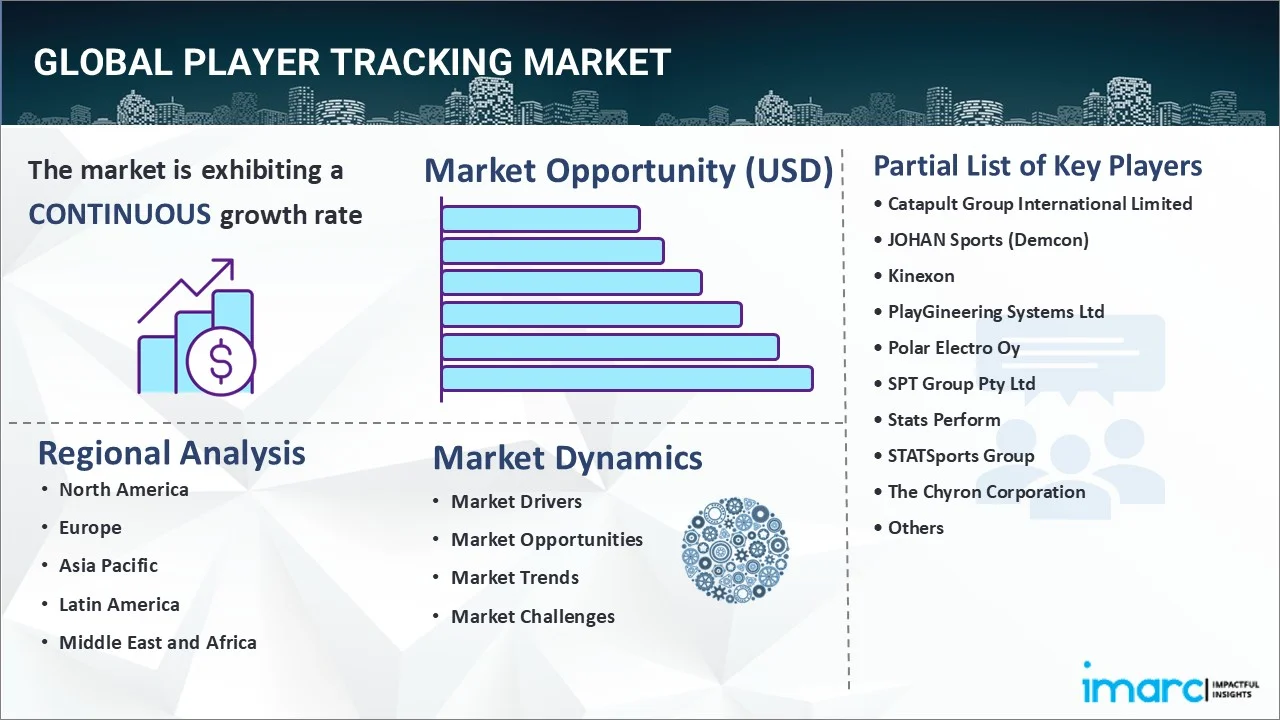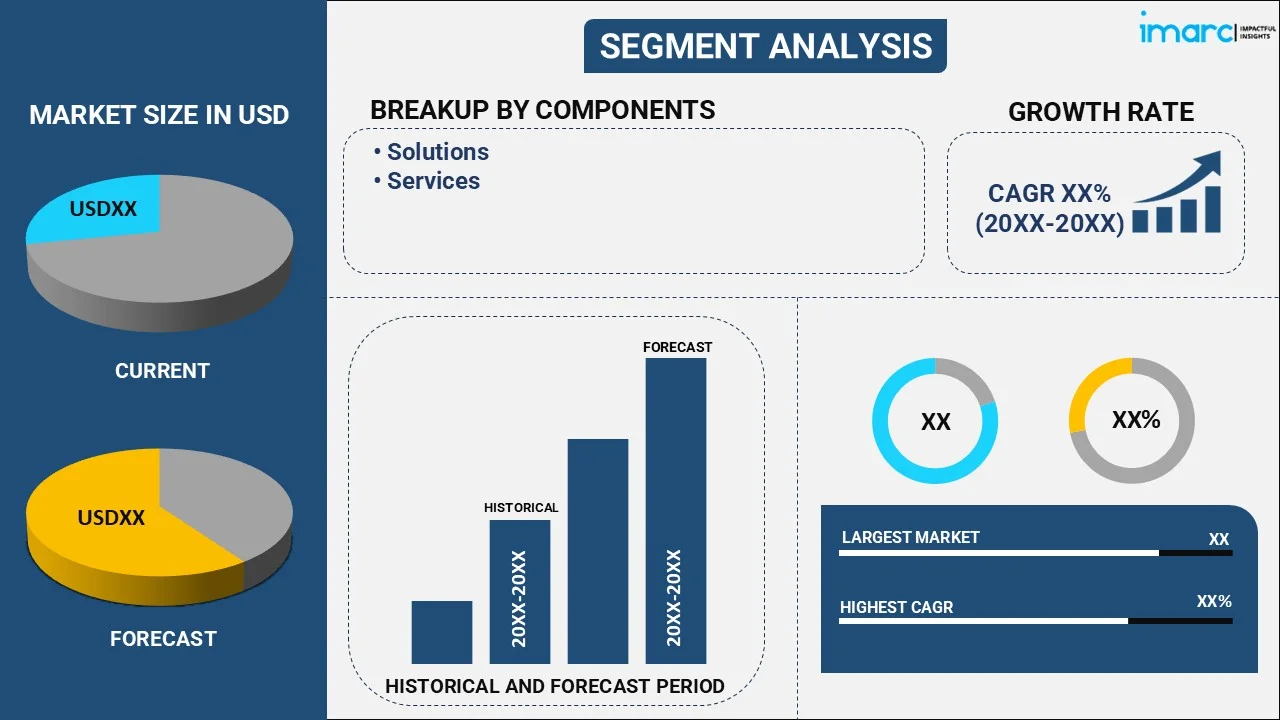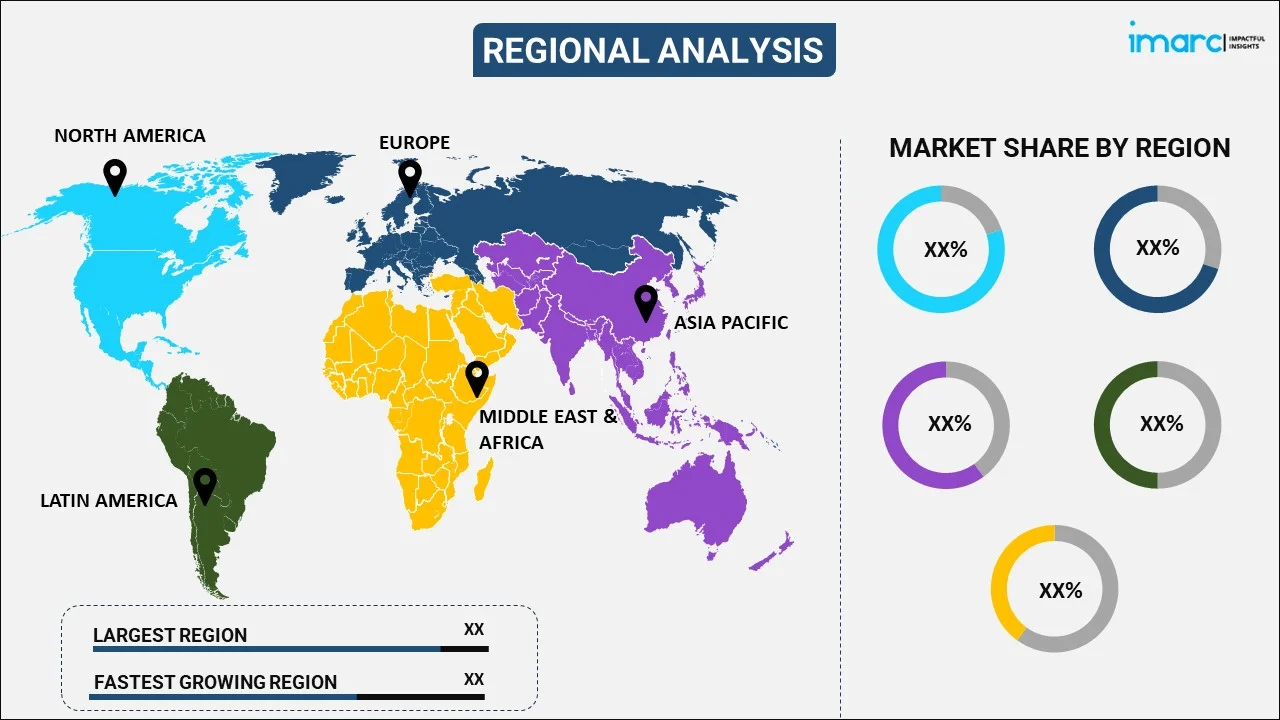
Player Tracking Market Report by Component (Solutions, Services), Type (Wearables, Optical, Application-Based), Application (Fitness Tracking, Performance Tracking, Fraud Detection, Player Safety), End User (Team Sport, Individual Sport), and Region 2025-2033
Market Overview:
The global player tracking market size reached USD 7.5 Billion in 2024. Looking forward, IMARC Group expects the market to reach USD 37.5 Billion by 2033, exhibiting a growth rate (CAGR) of 18.65% during 2025-2033.
|
Report Attribute
|
Key Statistics
|
|---|---|
|
Base Year
|
2024
|
|
Forecast Years
|
2025-2033
|
|
Historical Years
|
2019-2024
|
|
Market Size in 2024
|
USD 7.5 Billion |
|
Market Forecast in 2033
|
USD 37.5 Billion |
| Market Growth Rate 2025-2033 | 18.65% |
Player tracking is used to track and record the location of players, the ball, or sports equipment via camera or chip-based technologies. It is also utilized for curating tactics and decisions and augmenting the performance of individuals and the overall team. Additionally, it provides basic information on important events that occurred during a game, including players involved, event time, and player substitution. At present, key players are innovating player tracking devices by integrating advanced technologies like global positioning systems (GPS) that can track, analyze, and improve the performance of athletics with personalized insights and training exercises.

Player Tracking Market Trends:
The increasing number of sporting events and tournaments worldwide, in confluence with the escalating demand for real-time information to improve the decision-making process of the games, represents one of the key factors strengthening the growth of the market. Besides this, sports associations are adopting advanced technological solutions and services to analyze and monitor the player performance and health and help team management keep track of fraudulent activities during the game. Moreover, the rising adoption of fitness tracking wearable devices, such as smartwatches and fitness bands, which can monitor fitness-related activities of the professionals is contributing to the market growth. Apart from this, leading players operating in the industry are launching customizable player tracking applications integrated with radio frequency identification (RFID) technology. These devices also allow trainers to enhance the performance of athletes by using real-time data for developing training plans based on individual metrics and fatigue thresholds. Such innovations undertaken by market players are anticipated to offer lucrative opportunities for player tracking market growth across the globe in the coming years.
Key Market Segmentation:
IMARC Group provides an analysis of the key trends in each sub-segment of the global player tracking market report, along with forecasts at the global, regional and country level from 2025-2033. Our report has categorized the market based on component, type, application and end user.
Breakup by Component:

- Solutions
- Services
Breakup by Type:
- Wearables
- Optical
- Application-Based
Breakup by Application:
- Fitness Tracking
- Performance Tracking
- Fraud Detection
- Player Safety
Breakup by End User:
- Team Sport
- Individual Sport
Breakup by Region:

- North America
- United States
- Canada
- Asia-Pacific
- China
- Japan
- India
- South Korea
- Australia
- Indonesia
- Others
- Europe
- Germany
- France
- United Kingdom
- Italy
- Spain
- Russia
- Others
- Latin America
- Brazil
- Mexico
- Others
- Middle East and Africa
Competitive Landscape:
The competitive landscape of the industry has also been examined along with the profiles of the key players being Catapult Group International Limited, JOHAN Sports (Demcon), Kinexon, PlayGineering Systems Ltd, Polar Electro Oy, SPT Group Pty Ltd, Stats Perform, STATSports Group, The Chyron Corporation, Xampion and Zebra Technologies Corporation.
Report Coverage:
| Report Features | Details |
|---|---|
| Base Year of the Analysis | 2024 |
| Historical Period | 2019-2024 |
| Forecast Period | 2025-2033 |
| Units | Billion USD |
| Segment Coverage | Component, Type, Application, End User, Region |
| Region Covered | Asia Pacific, Europe, North America, Latin America, Middle East and Africa |
| Countries Covered | United States, Canada, Germany, France, United Kingdom, Italy, Spain, Russia, China, Japan, India, South Korea, Australia, Indonesia, Brazil, Mexico |
| Companies Covered | Catapult Group International Limited, JOHAN Sports (Demcon), Kinexon, PlayGineering Systems Ltd, Polar Electro Oy, SPT Group Pty Ltd, Stats Perform, STATSports Group, The Chyron Corporation, Xampion and Zebra Technologies Corporation |
| Customization Scope | 10% Free Customization |
| Post-Sale Analyst Support | 10-12 Weeks |
| Delivery Format | PDF and Excel through Email (We can also provide the editable version of the report in PPT/Word format on special request) |
Key Questions Answered in This Report
The global player tracking market was valued at USD 7.5 Billion in 2024.
We expect the global player tracking market to exhibit a CAGR of 18.65% during 2025-2033.
The rising integration of player tracking devices with advanced technologies, such as GPS, AI, and IoT, that can track, analyze, and improve the performance of athletics with personalized insights and training exercise, is primarily driving the global player tracking market.
The sudden outbreak of the COVID-19 pandemic had led to the implementation of stringent lockdown regulations across several nations, resulting in the temporary halt in various sporting events and tournaments, thereby negatively impacting the global market for player tracking.
Based on the component, the global player tracking market has been segmented into solutions and services, where solutions currently hold the majority of the total market share.
Based on the type, the global player tracking market can be divided into wearables, optical, and application-based. Currently, wearables exhibit a clear dominance in the market.
Based on the application, the global player tracking market has been categorized into fitness tracking, performance tracking, fraud detection, and player safety. Among these, fitness tracking currently accounts for the largest market share.
Based on the end user, the global player tracking market can be segregated into team sport and individual sport. Currently, team sport exhibits a clear dominance in the marker.
On a regional level, the market has been classified into North America, Asia-Pacific, Europe, Latin America, and Middle East and Africa, where North America currently dominates the global market.
Some of the major players in the global player tracking market include Catapult Group International Limited, JOHAN Sports (Demcon), Kinexon, PlayGineering Systems Ltd, Polar Electro Oy, SPT Group Pty Ltd, Stats Perform, STATSports Group, The Chyron Corporation, Xampion, and Zebra Technologies Corporation.
Need more help?
- Speak to our experienced analysts for insights on the current market scenarios.
- Include additional segments and countries to customize the report as per your requirement.
- Gain an unparalleled competitive advantage in your domain by understanding how to utilize the report and positively impacting your operations and revenue.
- For further assistance, please connect with our analysts.
 Inquire Before Buying
Inquire Before Buying
 Speak to an Analyst
Speak to an Analyst
 Request Brochure
Request Brochure
 Request Customization
Request Customization




.webp)




.webp)












